
To the Far Side of the Moon: China's Lunar Science Goals
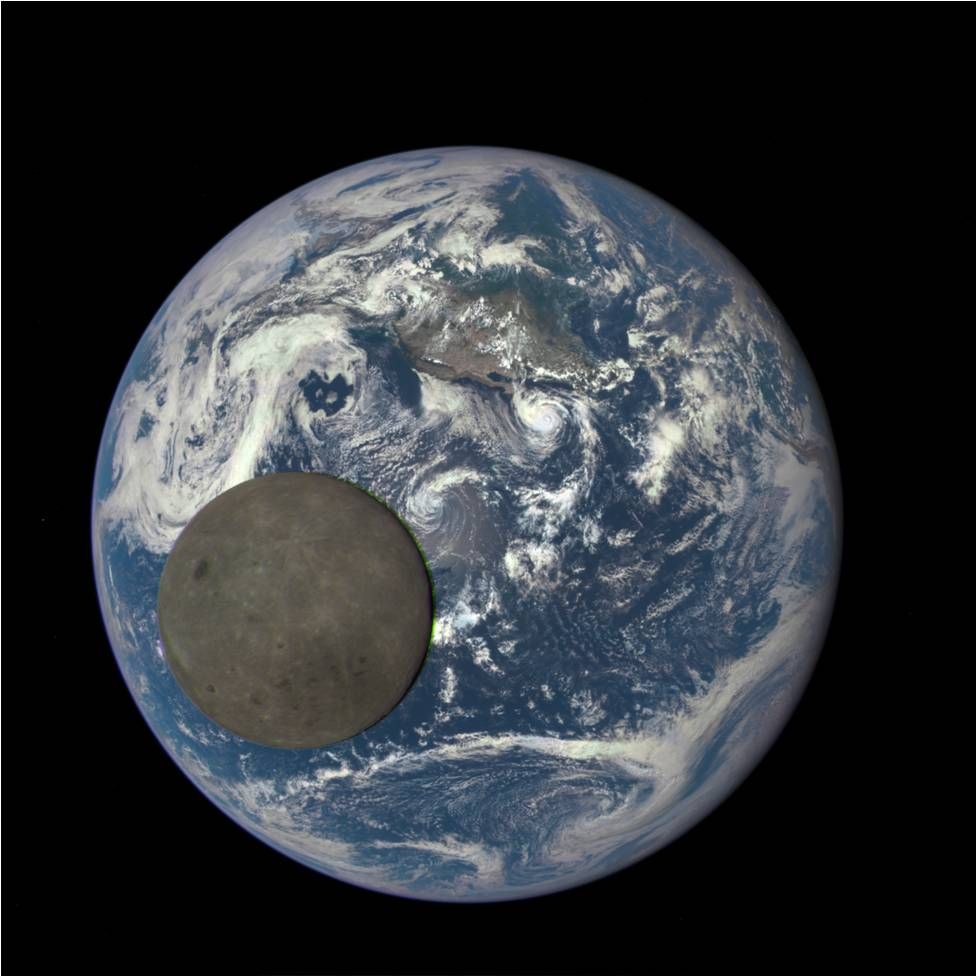
China is planning to land a probe on the far side of the moon as part of its Chang'e 4 lunar mission, with and new details about potential instruments for the spacecraft coming to light.
Last month, scientist Y.L. Zou and colleagues from China's Key Laboratory of Lunar and Deep Space Exploration in Beijing were slated to discuss the Chang'e 4 moon mission (or CE-4 for short) during the Fourth European Lunar Symposium in Amsterdam, the Netherlands. The CE-4 scientific objectives are anchored to a lander, a rover, and use of a telecommunication relay that will be sent to the Earth–moon L2 Lagrange point.
Under the current plan, CE-4 would launch toward the moon in about 2018. The weight of payloads onboard the lander total about 77 pounds (35 kilograms) and 37 pounds (17 kilograms) on the rover. [Chang'e 3 in Photos: China's 1st Moon Landing & Lunar Rover]
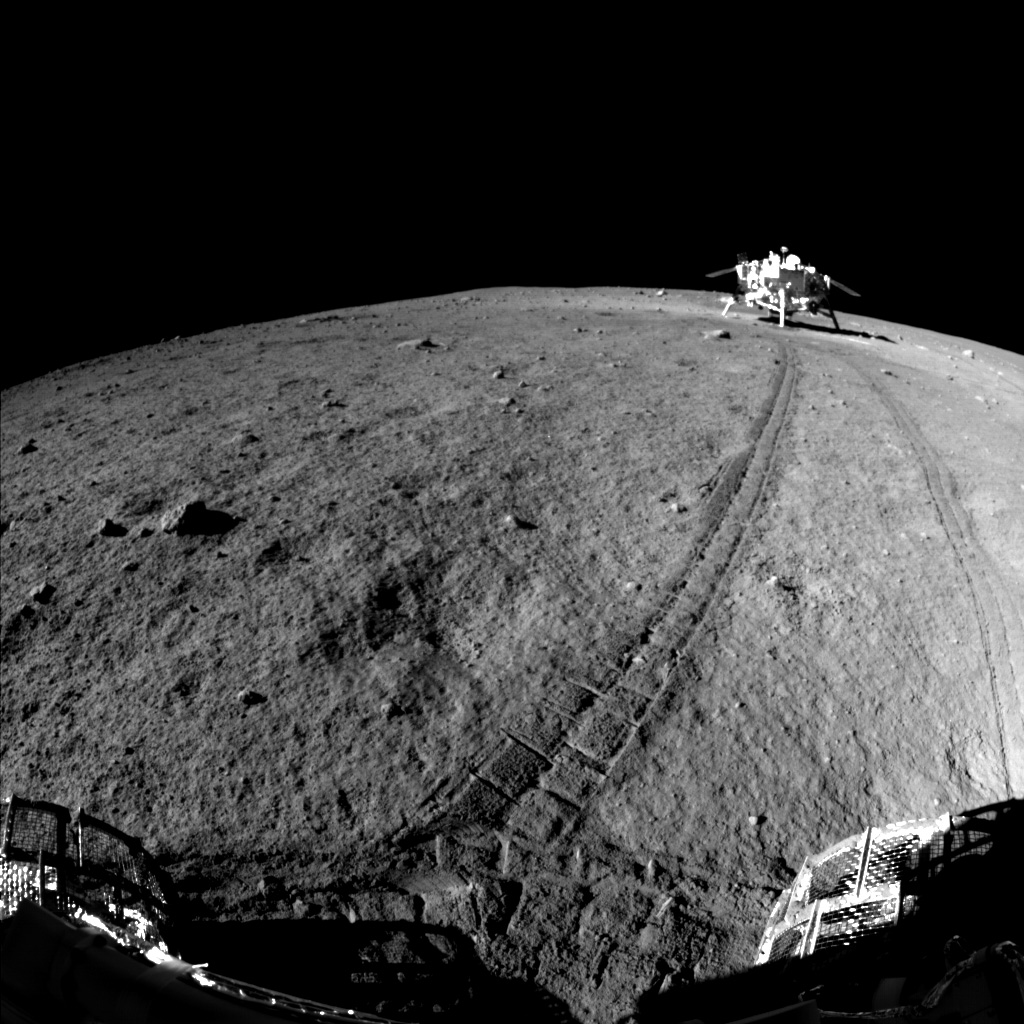
Lunar objectives
CE-4 mission "propositional payloads" involve six on the lander, five payloads on the rover, and one payload on the telecommunication relay orbiter. The researchers report that the scientific objectives of CE-4 are many, including:
- Study the characteristics and the formation mechanism of lunar surface floating dust;
- To measure lunar surface temperature, analyzing its change with time and in different light conditions;
- Measure the chemical compositions of lunar rocks and soils and study their distribution;
- Carry out lunar surface low-frequency radio astronomical observation and research;
- Identify the structure of cosmic rays, and to find the possible original position for these cosmic rays;
- Observe the independent kilometer wave burst event from the high layer of the solar corona, investigate its radiation characteristics and mechanism, and to explore the evolution and transport of coronal mass ejection (CME) between the Sun and Earth.
Radio astronomy station
Once on the moon, the CE-4 lander would use cameras, a dust-analyzer, and other instruments.
Firmly footed on the bleak lunar terrain, the lander would also serve as a lunar far side radio astronomical station, staging low, mid and high-frequency sweeps of space from the lunar surface.
Along with other devices, the Chinese lunar rover is expected to be equipped with ground-penetrating radar.
Get the Space.com Newsletter
Breaking space news, the latest updates on rocket launches, skywatching events and more!
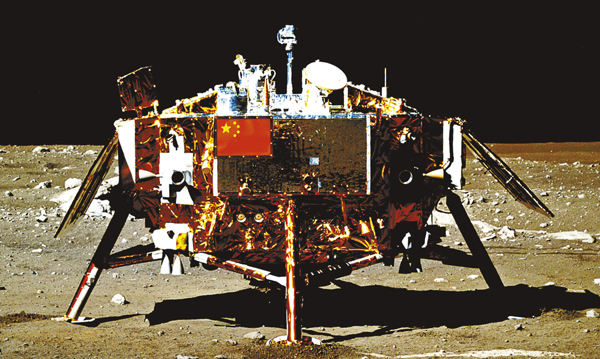
Probing look at lunar ionosphere
In related moon research, another paper that was scheduled to be presented at the meeting details probing of the lunar ionosphere. This investigation made use of a service module now in lunar orbit. That module was a component of China's circumlunar return and re-entry mission that occurred in late 2014.
The circumlunar return and re-entry spacecraft — commonly tagged as Chang'e 5-T1 — was launched on Oct. 23, 2014 and nine days later the return vehicle landed at Inner Mongolia successfully. The service module performed a divert maneuver to avoid re-entry and moved to the Earth-moon L2 point (EML2). [China's 1st Round-Trip Moon Shot in Pictures ]
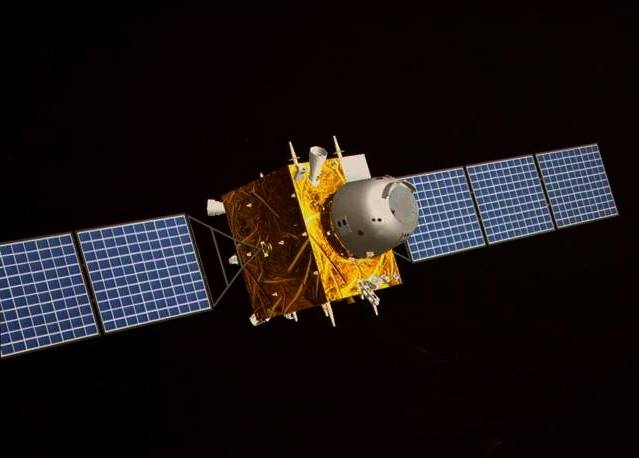
That module remained at that location until Jan. 4, 2015 then conducted a departure maneuver to leave EML2 and begin a transition into lunar orbit. The module arrived on Jan. 11, 2015 in lunar orbit and then lowered closer to the Moon. It imaged the target landing zone for the 2017 Chinese lunar sample return mission — Chang'e 5 — a touchdown site which has yet to be disclosed.
Radio occultation finding
"During this period, we performed the radio occultation experiment to detect the lunar ionosphere," notes M. Y. Wang of China's National Astronomical Observatories.
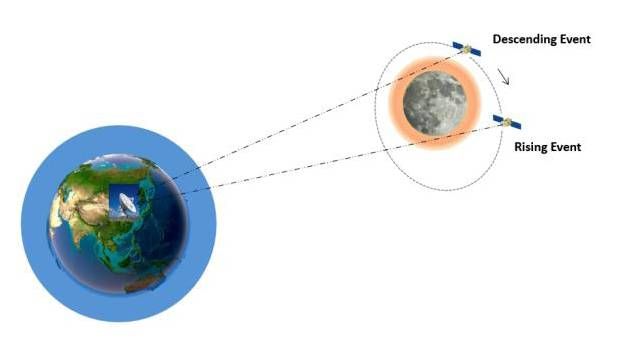
The observation confirms the presence of a large ionosphere surrounding the moon, and data was collected on the total electron content, M.Y. Wang and his research colleagues report.
They add in their abstract for the recent meeting: "In the future, we will perform more observation and work on the lunar ionosphere and its distribution characteristics."
Leonard David is author of "Mars: Our Future on the Red Planet," to be published by National Geographic this October. The book is a companion to the National Geographic Channel six-part series coming in November. A longtime writer for Space.com, David has been reporting on the space industry for more than five decades. Follow us @Spacedotcom, Facebook or Google+. Original story published on Inside Outer Space.
Join our Space Forums to keep talking space on the latest missions, night sky and more! And if you have a news tip, correction or comment, let us know at: community@space.com.

Leonard David is an award-winning space journalist who has been reporting on space activities for more than 50 years. Currently writing as Space.com's Space Insider Columnist among his other projects, Leonard has authored numerous books on space exploration, Mars missions and more, with his latest being "Moon Rush: The New Space Race" published in 2019 by National Geographic. He also wrote "Mars: Our Future on the Red Planet" released in 2016 by National Geographic. Leonard has served as a correspondent for SpaceNews, Scientific American and Aerospace America for the AIAA. He has received many awards, including the first Ordway Award for Sustained Excellence in Spaceflight History in 2015 at the AAS Wernher von Braun Memorial Symposium. You can find out Leonard's latest project at his website and on Twitter.
